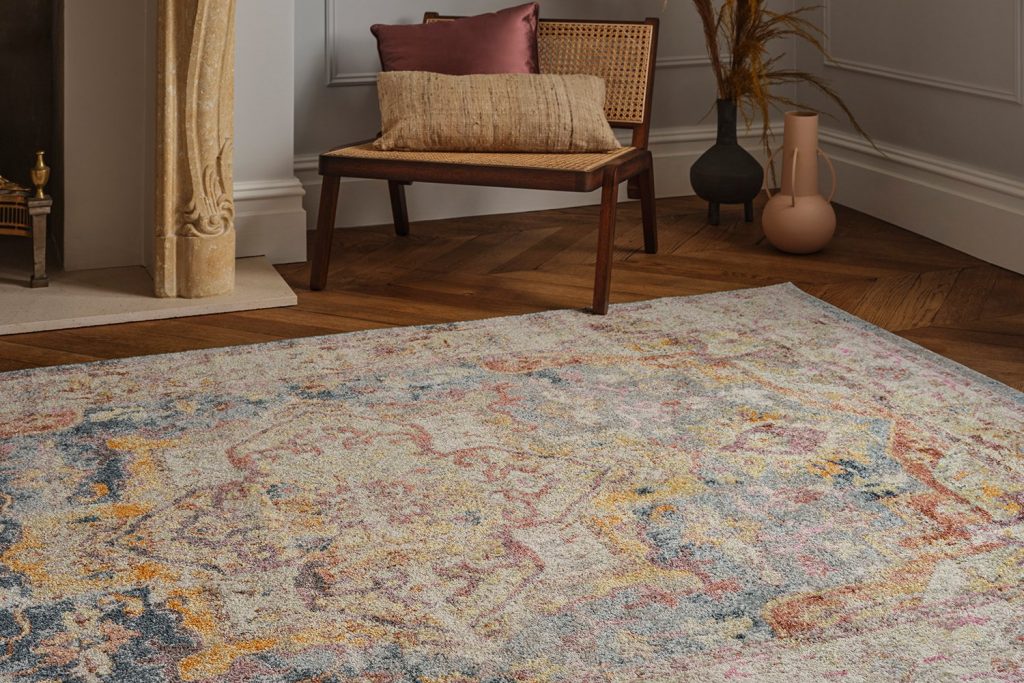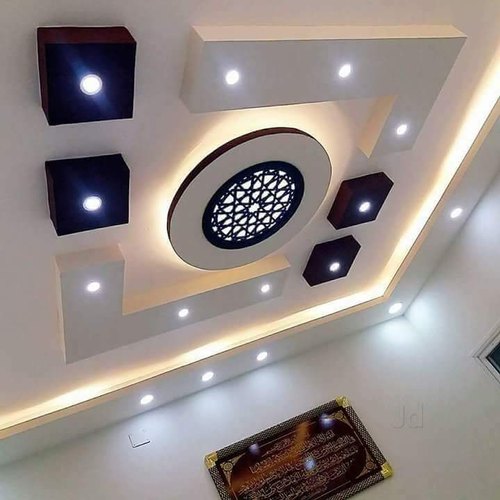
Gypsum Works
Gypsum is a soft sulfate mineral composed of calcium sulfate dihydrate, with the chemical formula CaSO4·2H2O.[3] It is widely mined and is used as a fertilizer and as the main constituent in many forms of plaster, blackboard/sidewalk chalk, and drywall.
gypsum plaster, white cementing material made by partial or complete dehydration of the mineral , commonly with special retarders or hardeners added. Applied in a plastic state (with water), it sets and hardens by chemical recombination of the gypsum with water.
For especially hard finish the gypsum is completely dehydrated at high temperature, and such chemicals as alkali sulfate, alum, or borax are added. Hair or fibre and lime or clay may be added to the plasters during manufacture. The plaster coats, except for some finish coats, are sanded.
Painting Works
You want an accent wall that adds more than just a pop of color. You can paint a design that invites conversation, works as a piece of art and is different from anything you’ve seen before. Here are 10 wall painting ideas you’ll want to try in your home.
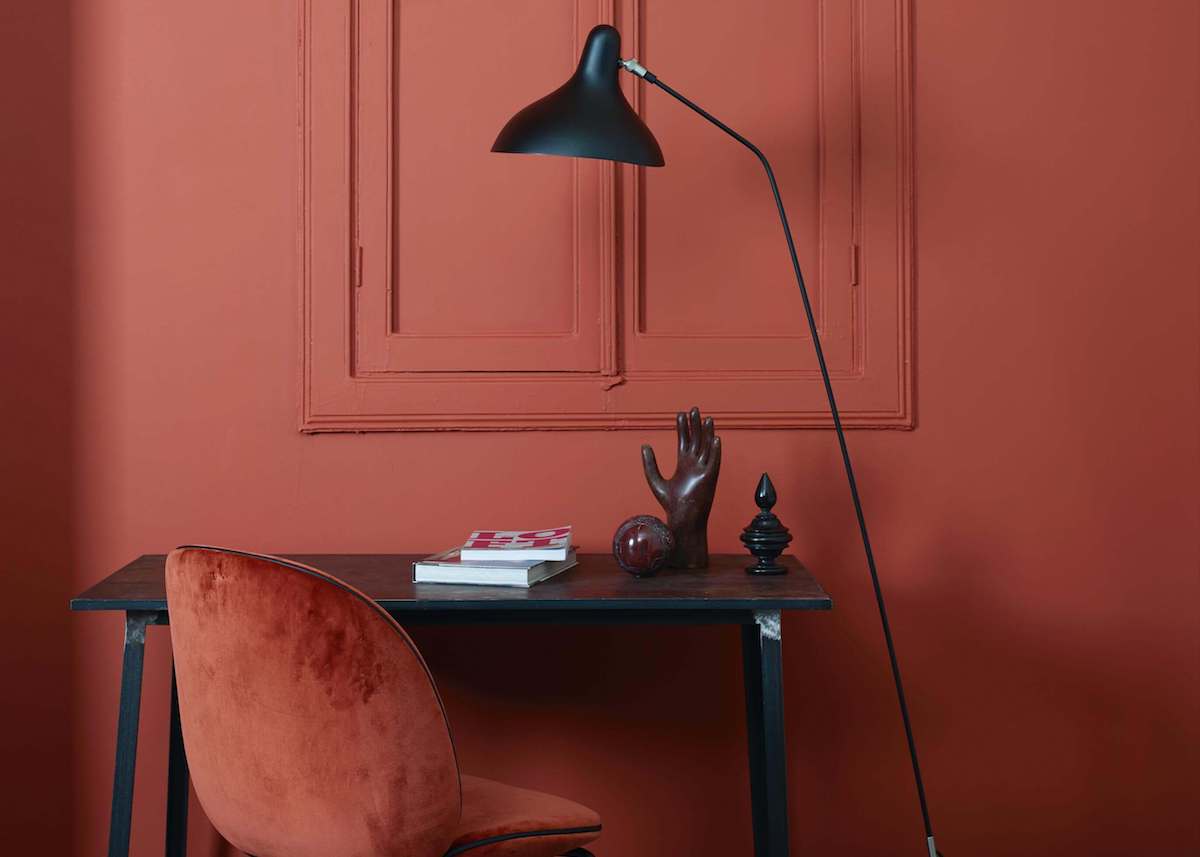
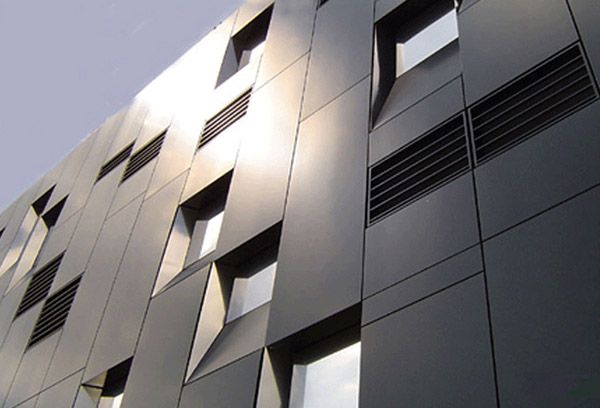
Aluminium Works
Aluminium (aluminum in American and Canadian English) is a chemical element with the symbol Al and atomic number 13. Aluminium has a density lower than those of other common metals, at approximately one third that of steel. It has a great affinity towards oxygen, and forms a protective layer of oxide on the surface when exposed to air.
Worldwide demand for aluminium is around 29 million tons per year. About 22 million tons is new aluminium and 7 million tons is recycled aluminium scrap. The use of recycled aluminium is economically and environmentally compelling. It takes 14,000 kWh to produce 1 tonne of new aluminium. Conversely it takes only 5% of this to remelt and recycle one tonne of aluminium. There is no difference in quality between virgin and recycled aluminium alloys.
Ceiling Works
A ceiling /ˈsiːlɪŋ/ is an overhead interior surface that covers the upper limits of a room. It is not generally considered a structural element, but a finished surface concealing the underside of the roof structure or the floor of a story above.
Who does not love a little drama at home? We’re speaking strictly about design here. Gone are the days of plain, boring walls and ceilings. Ceilings can be turned into a piece of art if you ask us. Best false ceiling designs are a huge rage these days, with fancy treatments and designs being spotted on the fifth wall.


Decor Works
Our team creates luxurious and innovative spaces that have an intimate connection to our clients and their specific needs. Each project we take on begins with a personalized concept that directly correlates to the needs of our clients and their individual style.
Interior design content has never been more abundant and accessible. Today, with a few clicks, you can find interior-design related videos, TV shows, projects, personal stories, blog posts, and rich imagery that’s inspiring and enjoyable to view.
Before the Internet existed, interior designers utilized content marketing in their portfolios with images, sketches, swatches, and color palettes.
Flooring Works
Flooring is the general term for a permanent covering of a floor, or for the work of installing such a floor covering. Floor covering is a term to generically describe any finish material applied over a floor structure to provide a walking surface. Both terms are used interchangeably but floor covering refers more to loose-laid materials.

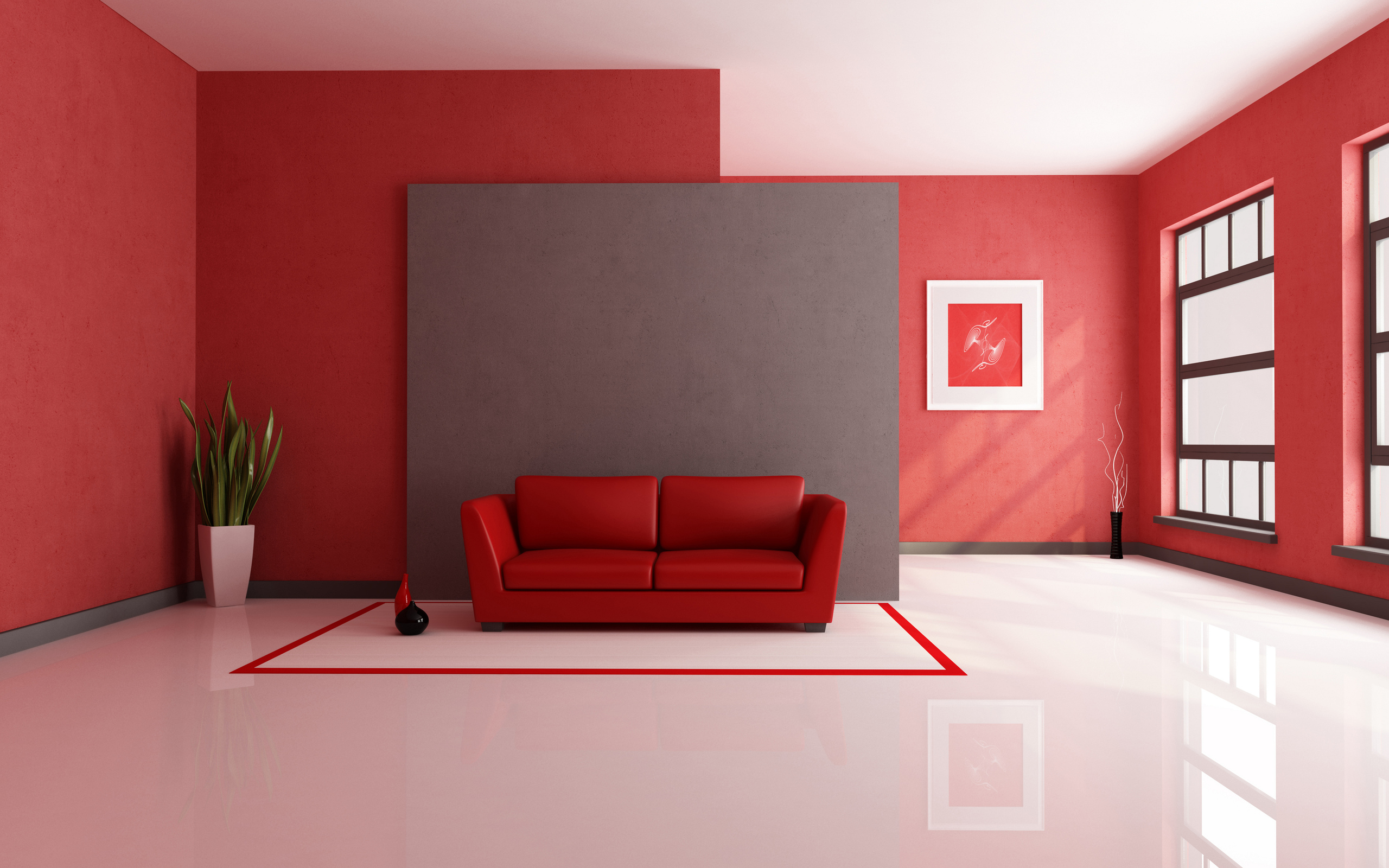
Interior Decor
Our team creates luxurious and innovative spaces that have an intimate connection to our clients and their specific needs. Each project we take on begins with a personalized concept that directly correlates to the needs of our clients and their individual style.
Carpets
A carpet is a textile floor covering typically consisting of an upper layer of pile attached to a backing. The pile was traditionally made from wool, but since the 20th century, synthetic fibers such as polypropylene, nylon or polyester are often used, as these fibers are less expensive than wool.
